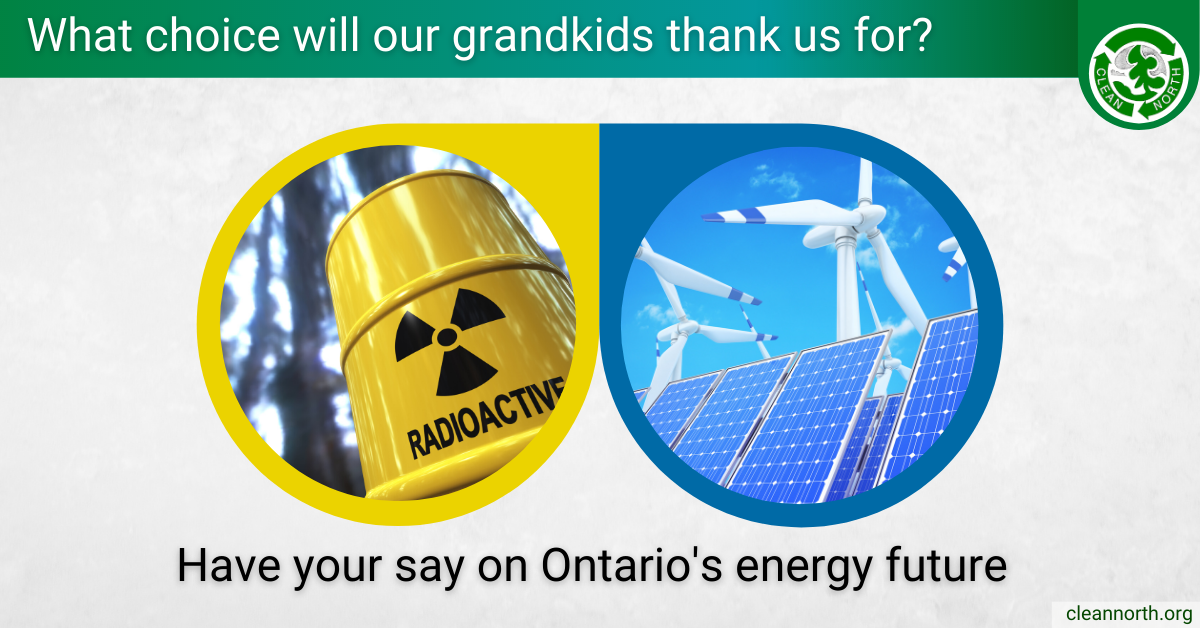
Are small modular reactors (SMRs) a key to meeting Canada’s climate change targets? And should federal funds go towards developing them? The current federal government says yes…and yes! We encourage all our readers to read up on the pros and cons of these reactors and let your minister of parliament know what you think.
Small modular reactors appear to be convenient because they can be built in one location and moved to where needed. And they have lower up-front capital costs than a regular nuclear plant. Atomic energy advocates also note that coal, natural gas, and electricity production emit particulate pollutions and greenhouse gases, while SMRs will not. They will emit radioactive waste, but SMR proponents claim that’s easier to contain than greenhouse gases are.
The federal government recently pledged $20 million to develop SMRs, with federal Minister of Natural Resources Seamus O’Regan saying, “We have not seen a model where we can get to net zero emissions by 2050 without nuclear.”
Environmental groups are less enthused. David Suzuki told CBC that “…politicians love to say, ‘Oh, yeah, we care about this’ and ‘boy, there’s [nuclear] technology just around the corner.’ My God, we need action now. We have to start reducing our emissions. Stop talking about what might happen. That kind of nuclear development is decades away from becoming anything like the possibility to reduce greenhouse gas emissions.”
Nuclear technology does tend to advance slowly, so SMRs may indeed be too little, too late when it comes to affecting climate change.
And as Brennain Lloyd of Northwatch points out, SMRs will be yet another source of radioactive waste and risk. The probability of a nuclear accident may be low, but if one happens, the damage to people and the environment is not just severe but also very long lasting. For example, scientists say that it will be 20,000 years before it will be safe for people to live in the area in and around Chernobyl.
The Ontario Clean Air Alliance says: “Despite decades of searching, Canada still has not even identified a location for a long-term high-level radioactive waste site. In the interim, the proposed reactor’s wastes would have to be stored in the GTA at the Darlington site on the shore of Lake Ontario.”
A good question to ask when pondering this issue is: Which choice do you think our grandchildren will thank us for — more investment in wind and solar or small nuclear reactors?
Want to learn more?
- A new GTA nuclear reactor vs. wind and solar
- Smaller, safer, cheaper: One company aims to reinvent the nuclear reactor and save a warming planet
- So, What Exactly Are Small Modular Nuclear Reactors?
- Are small nuclear reactors really better? Here are the pros and cons
- ‘I want to puke’: David Suzuki reacts to O’Regan’s nuclear power endorsement
- North Bay environmental group uneasy with investment in small modular reactors
- The Chernobyl disaster: What happened, and the long-term impacts
Take action:




